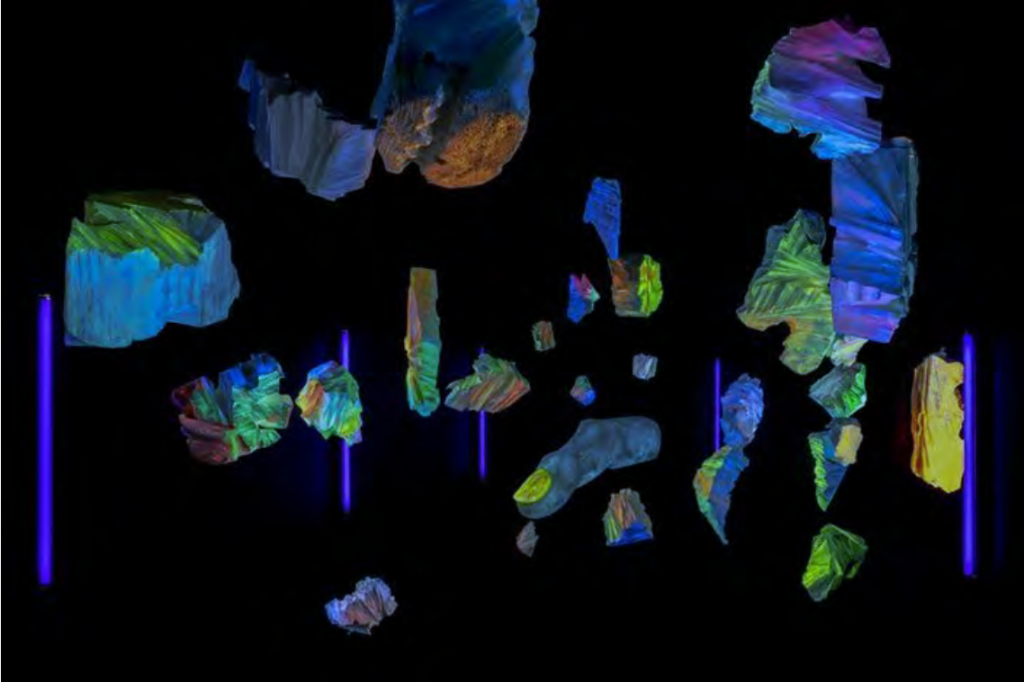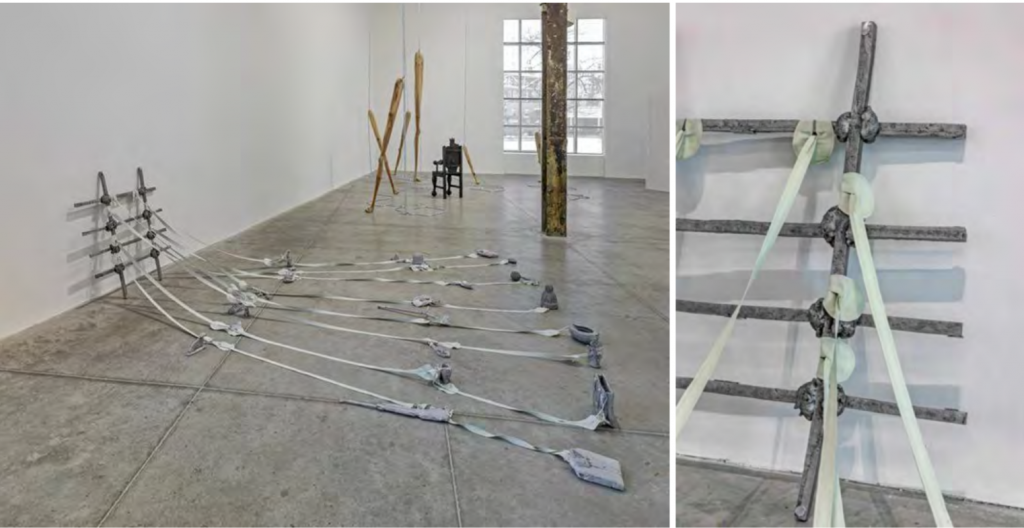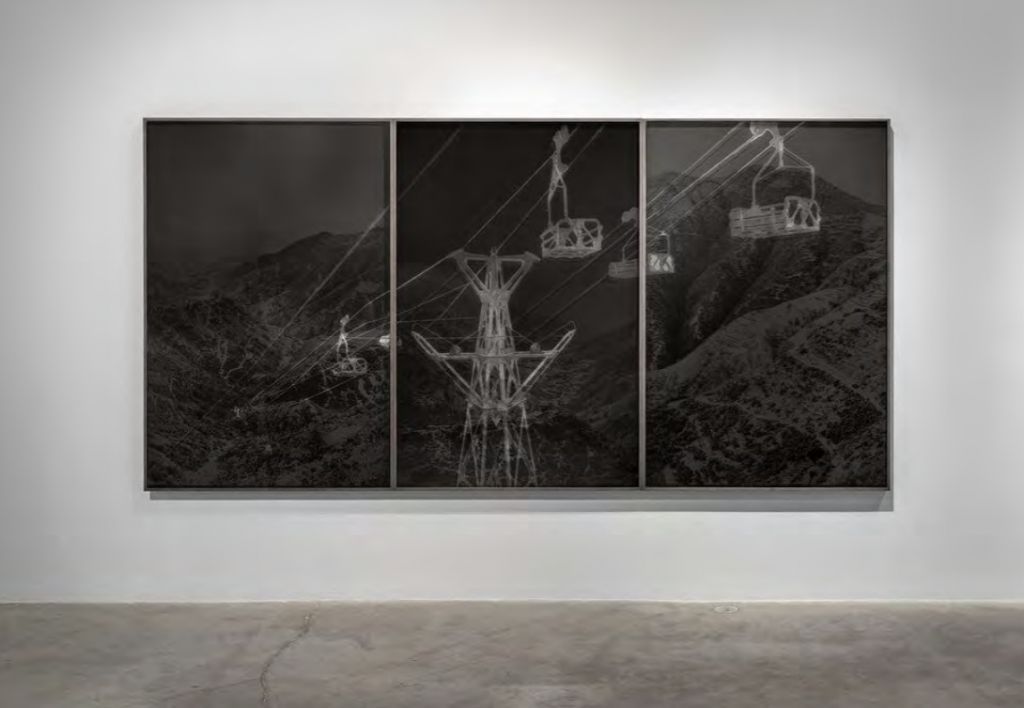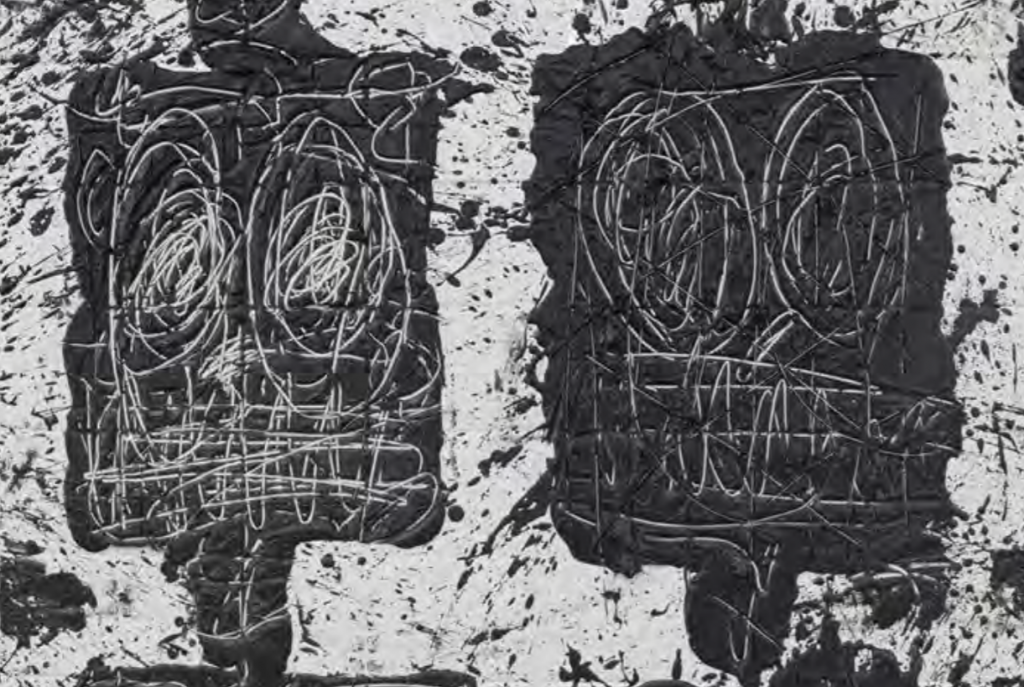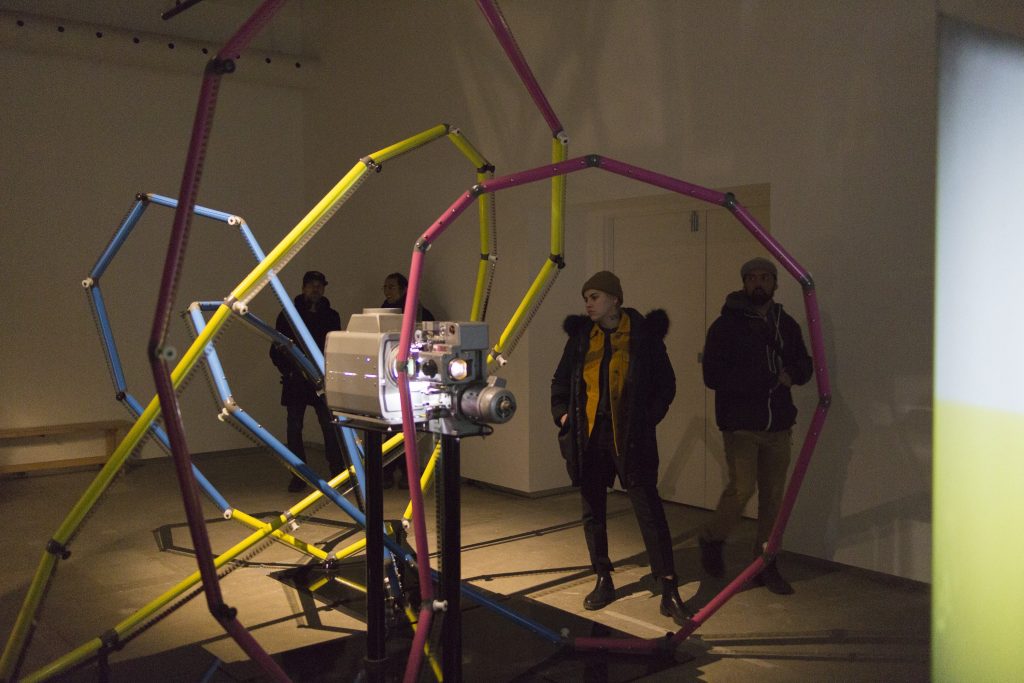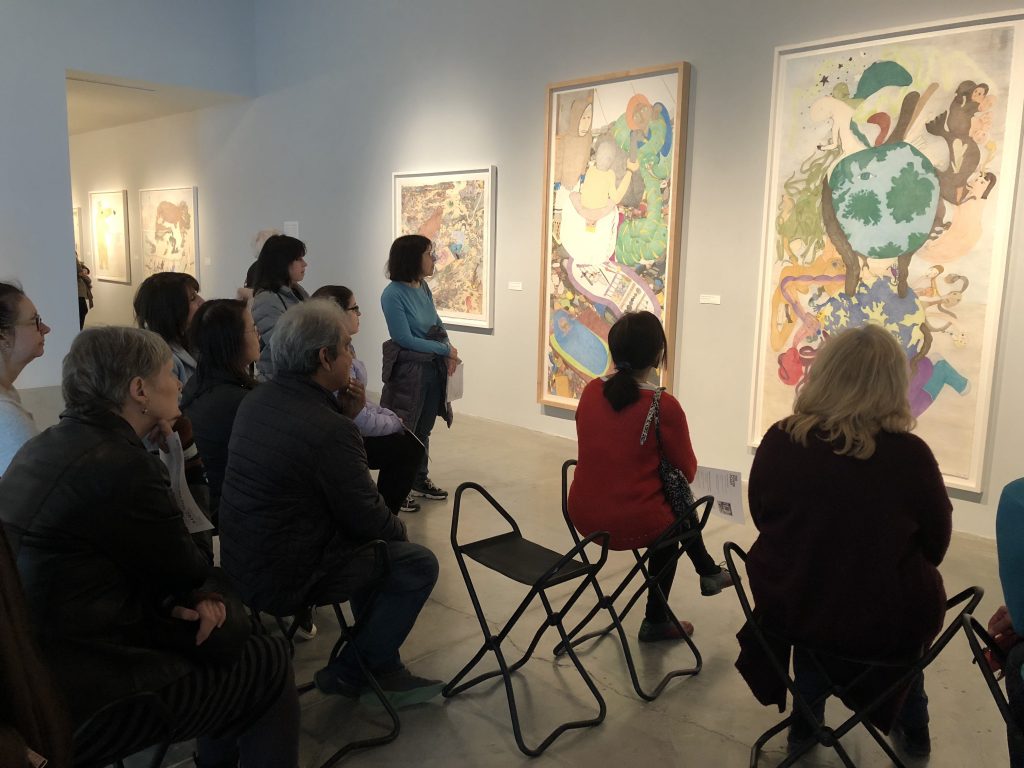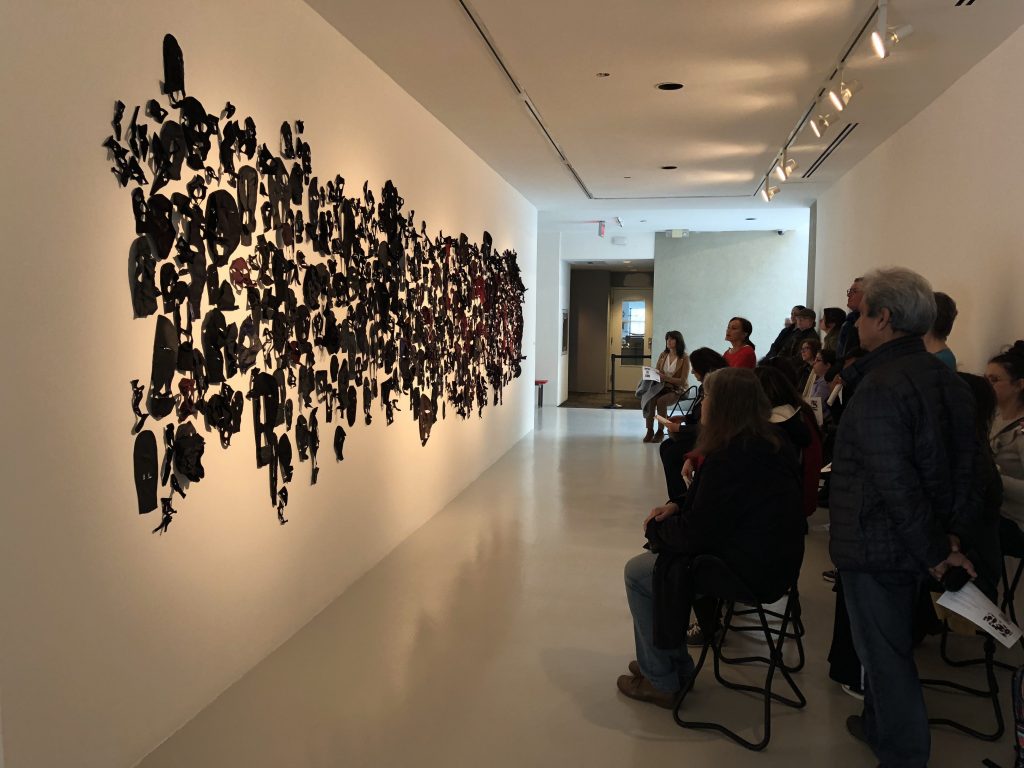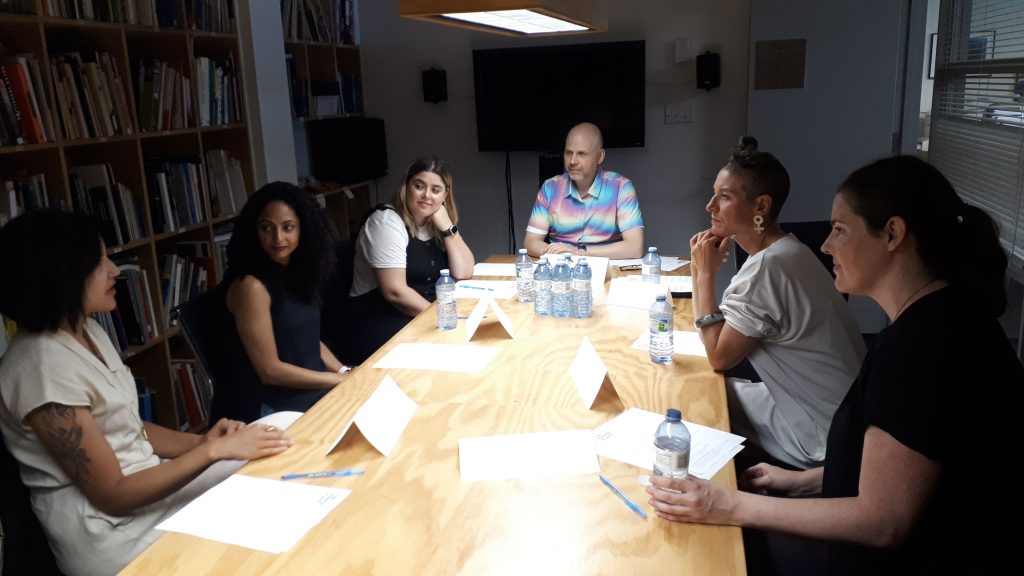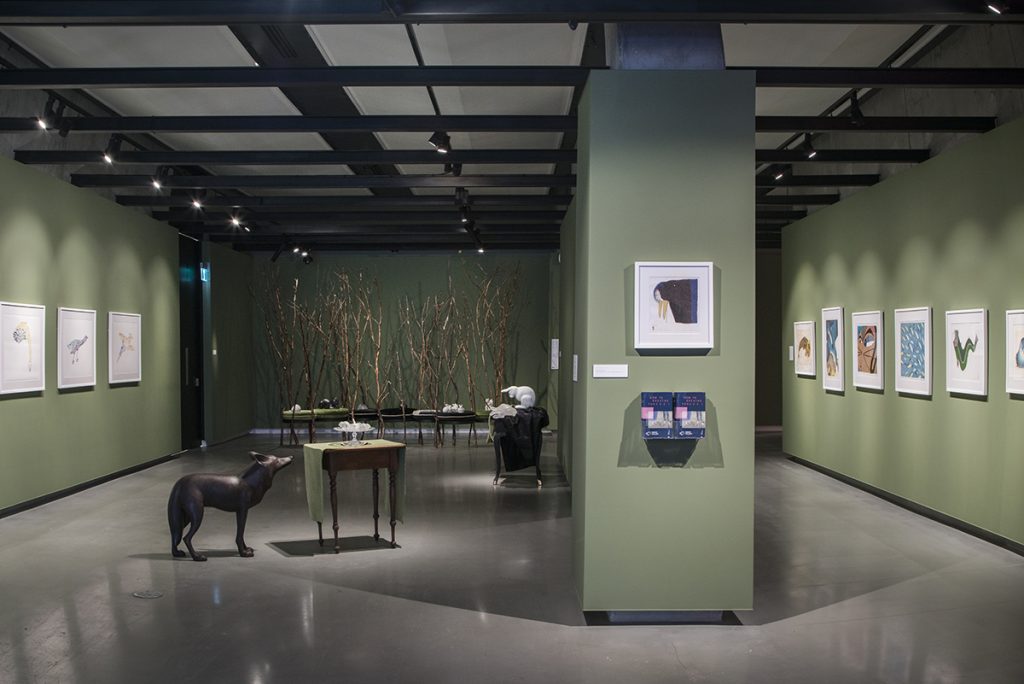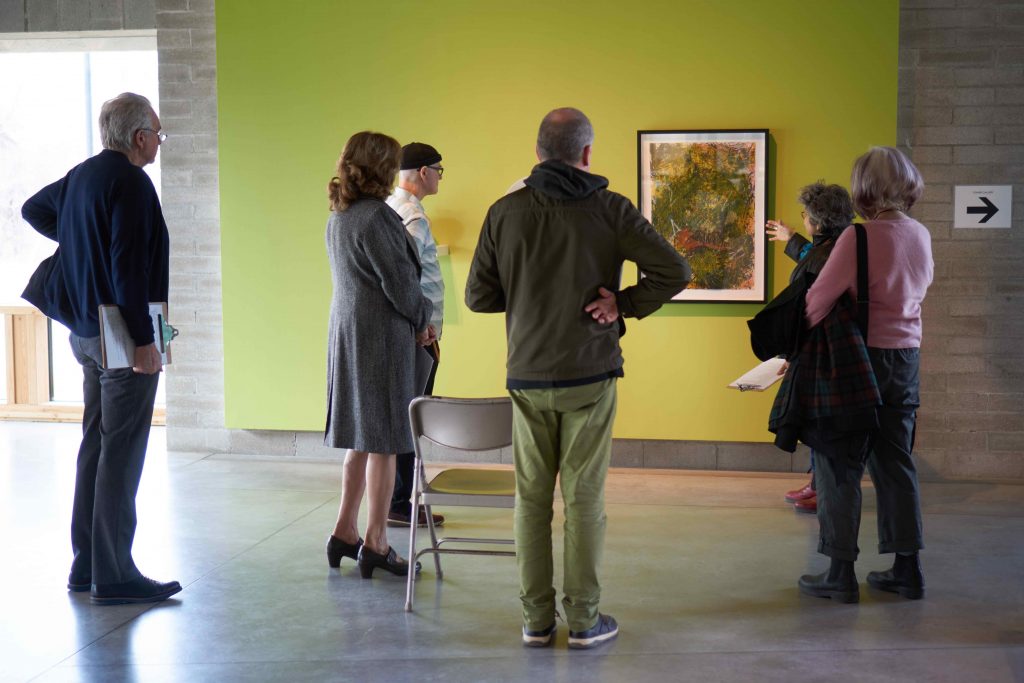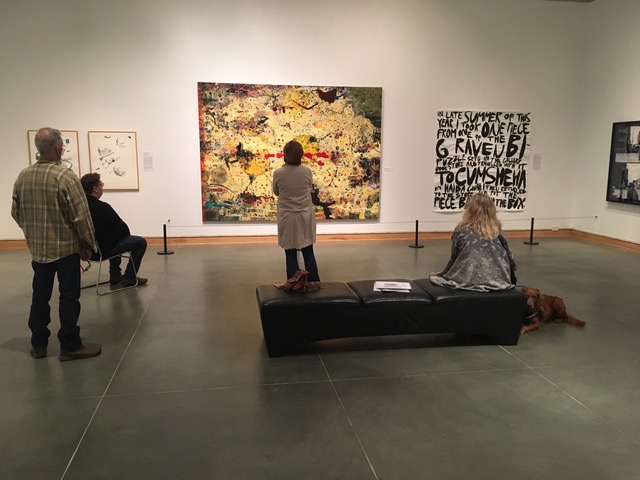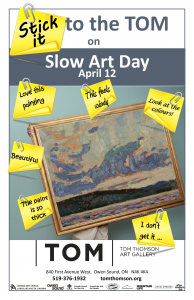Because of Covid-19, the McMaster Museum of Art in Hamilton, Ontario, Canada, hosted their seventh Slow Art Day as a virtual “slow reveal” event via their Instagram account @macmuseum.
Over a 90 minute period, nine detailed image fragments of Franklin Carmichael’s Spring Snow were published in 10-minute intervals on the museum’s Instagram feed, with the full artwork being revealed at the end.
Participants were invited to reflect on each of the detailed images as they were posted, and a discussion was facilitated in the caption to each post, and in the McMaster Instagram stories.
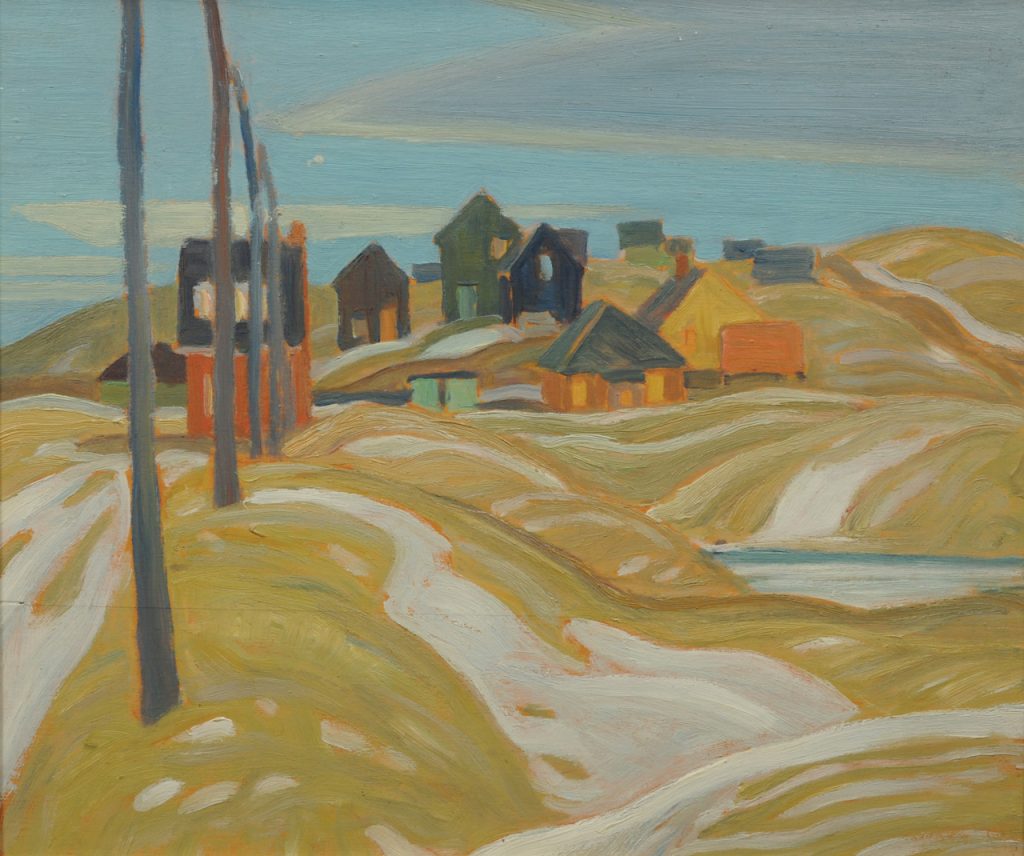
The Instagram stories for the McMaster Slow Art Day event had almost 200 views, and the posts themselves were seen by 350 people. A recap of the event is available for anyone who would like to recreate it at home.
When we started Slow Art Day 10 years ago, we were adamant that all the sessions be *offline* in the museums. We Internet veterans were happy to use the Internet to promote and support Slow Art Day but we wanted to use the web in the service of sending more people into real spaces. This year, however, we had no choice and are delighted to see the creative ways museums like the McMaster hosted virtual events for our 10th anniversary Slow Art Day.
We look forward – we hope – to the eighth McMaster Museum of Art’s Slow Art Day in their actual museum in 2021.
– Johanna

